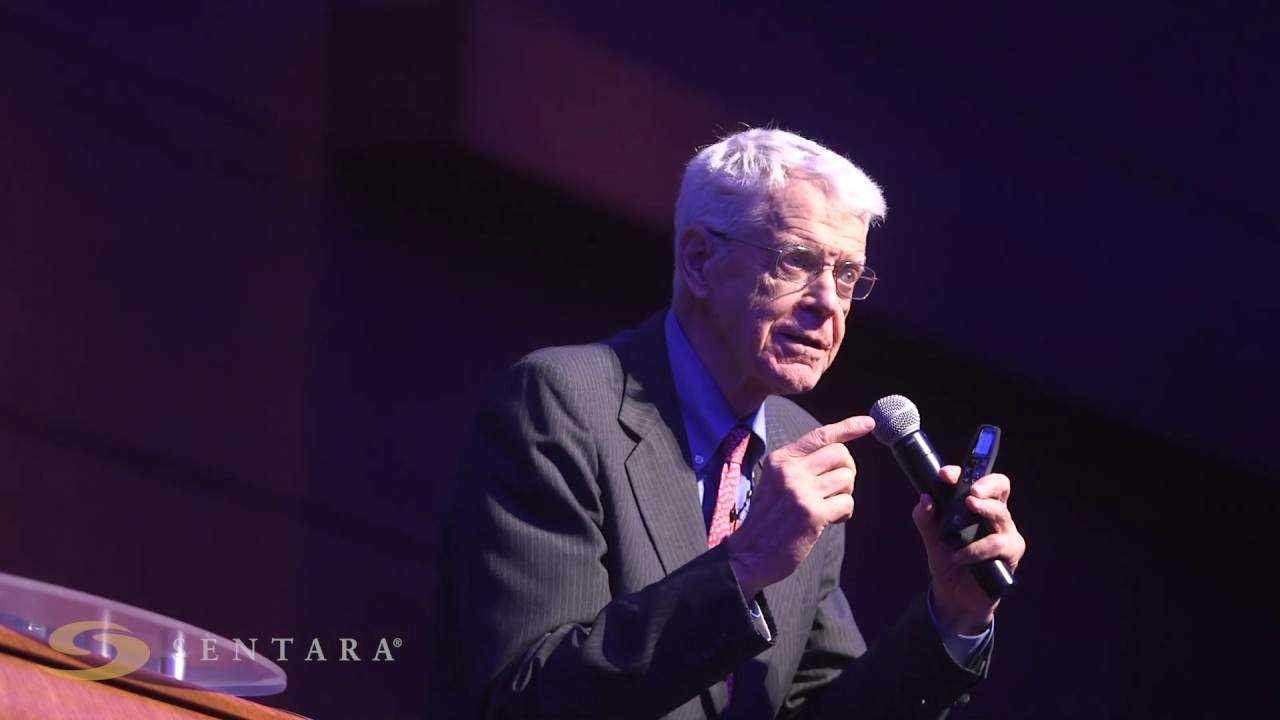Nearly 60-80% of the general adult population suffers from
low back pain. Yes, that many of us. Annual medical costs associated with this
type of injury is reported to be nearly $26 billion in the United States. 85% of male gymnasts have low back pain, as
well as 80% of weightlifters, 69% of wrestlers, 58% of soccer players, 50% of tennis
players, and 30% of golfers. When the joints are operating properly, when
muscles are abnormally activated, and when there is malalignment with movement
patterns, optimal muscle performance in the back is compromised.
Low back pain takes place when our spine is not in a neutral
position. The low back might round or arch or one might lean forward causing
this discomfort. This asymmetry can lead to pressure on certain disks from poor
posture and the body communicates with its inflammatory pain response. Sciatica
is very common, which occurs when the ruptured disc is placing pressure on the
sciatic nerve that runs down the buttocks and then down the leg. Symptoms can
range from a dull ache to a stabbing or shooting feeling. If this pain persists
for more than 3 months, low back pain is considered chronic.
Movement that involves lifting, pulling, or twisting of the
spine can contribute to low back pain. Continued carrying of a purse, bag, or
briefcase can cause the low back to assist the upper body to hold the item.
Many of us overstuff our bags. Less trips from the car to the house, mean
loading up our arms to carry more. Being inactive then suddenly becoming active
can make one vulnerable to this pain. Some people are inactive during the week
then decide to play golf, surf, or play on their softball team on the weekends.
This asks the back to twist and turn with little preparation. When you slouch,
your back is supporting your upper body weight. Sitting is a main culprit for
low back pain. A good tip for better posture in the seated position is to place
the feet on a low stool. The discs in our back do wear and tear from injuries
and aging. Being overweight is also added weight for the back.
Back pain can get better with a heating pad or nice warm
bath. Bed rest is not recommended because this lack of movement only leads to
further inflexibility and reduced muscle tone. Good posture is essential and
that starts with strengthening you core, which are the abdominal muscles that
actually do wrap all the way around the back area. Planking is a great exercise
for this. When sitting, stabilizing the core is important which you can imagine
pulling up a zipper on a jacket like pulling up the disks in your back to sit
up tall. With the increased amount of sitting people are doing now, using a
standing desk or exercise ball or a chair can be simple way to help with
slouching. Try to avoid sleeping on your stomach which creates a natural arch
in the back in this position that can cause you to wake up in discomfort. Keep
an eye out for any shoes that cause pain either day of or day after being worn.
Sudden twists and turns should be noted as well.
Body mechanics and movement patterns can be fixed. Use your legs not their back for lifting heavy objects, stays at a healthy weight, and makes sure you are conscious of your posture when sitting and standing. Let’s lower that painful 80% of suffering and take care of the bodies we are fortunate to be given.
https://academic.oup.com/emph/article/2015/1/2/1795271
https://journals.lww.com/acsm-healthfitness/Fulltext/2013/03000/Low_Back_Pain.4.aspx
https://journals.lww.com/ajpmr/Abstract/2005/03001/Management_of_Chronic_Low_Back_Pain.4.aspx



